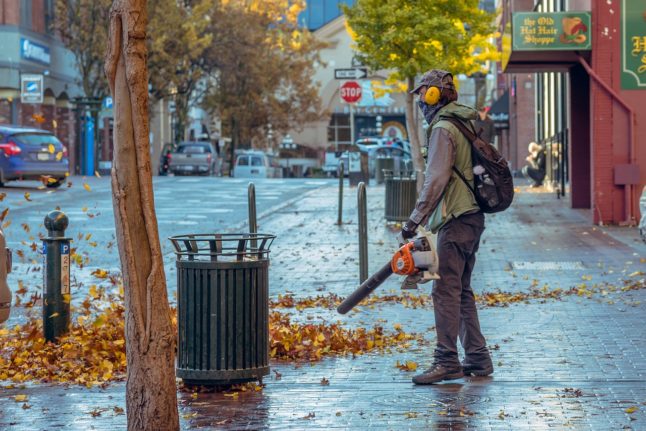
When you wanted a beautiful, green lawn, you might not have realized just how many tools it would take to maintain it. You may have caught yourself debating whether a specific lawn care tool was even necessary or simply a splurge. This article will help narrow down your tool kit, walking you through 11 essential lawn care tools for homeowners and some factors to consider before making that final purchase.
Note: Although you don’t have to purchase the same brand of lawn care tools, there is a benefit to doing so, especially with battery-operated options. Batteries are often interchangeable between tools of the same brand, which means you’ll have fewer battery chargers to store. There also might be special offers if you purchase together same-branded lawn care tools like a mower, blower, and trimmer.
Lawn Mower
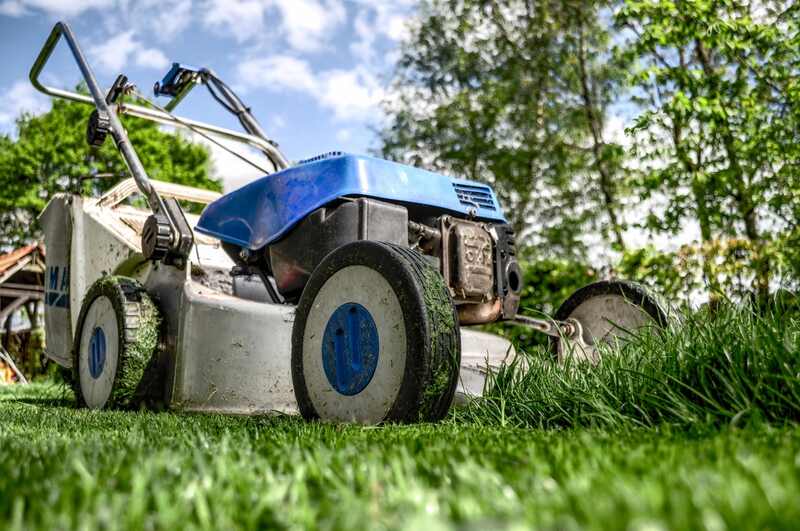
The grass isn’t going to cut itself. During the turf’s active growing season, cut the grass once or twice a week with the lawn mower. It’s the number one essential tool on this list.
There are an abundance of lawn mower options when you step into the home improvement store–– so it’s worth considering a few things before you purchase a mower to help you make the right decision:
- How big is your lawn? Your lawn size will help determine if you want (or need) a ride-on mower or if a walk-behind push mower or reel mower can handle the job.
- What’s your budget? Lawn mowers come in a vast price range, ranging from less than $100 for a reel mower to a few thousand dollars for a ride-on mower.
- Do you have a brand preference? Maybe your neighbor loves their mower brand or has warned you to stay away from another. Sun Joe, Black and Decker, Craftsman, Worx, and Ryobi are only a tiny sliver of the available brands.
- What power source do you want? Your options include electric or gas. If you choose electric, you’ll also have to consider whether you want a corded or battery-powered lawn mower.
Tip: A mower with a mulching option is a great idea–– when you leave grass clippings on your lawn after cutting it, you feed nutrients back into it.
String Trimmer
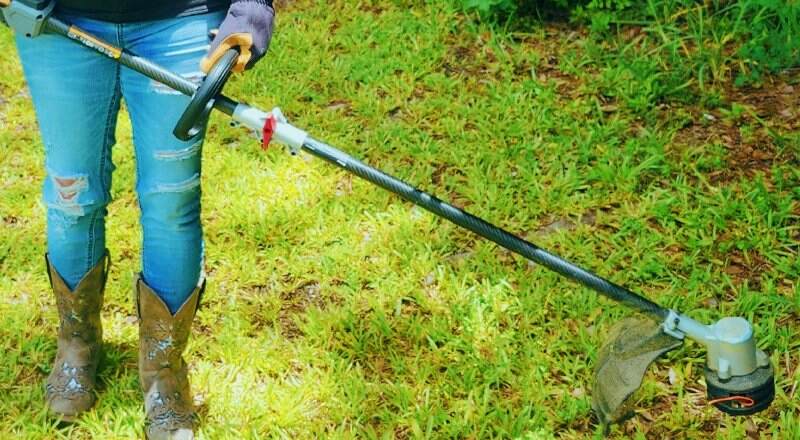
Although your mower will accomplish most of the work, there will be areas it can’t reach well, like around kid’s playsets, flower beds, or alongside your house or fence. A string trimmer comes in handy for those spots.
String trimmer is the formal name for this tool. However you will also hear it called a weed wacker or a weed eater–– but it’s all the same tool. A string trimmer also comes in a variety of options:
- Gas string trimmers
- Electric string trimmers – If you choose an electric string trimmer, you’ll have to decide if you want a corded or cordless version.
Edger
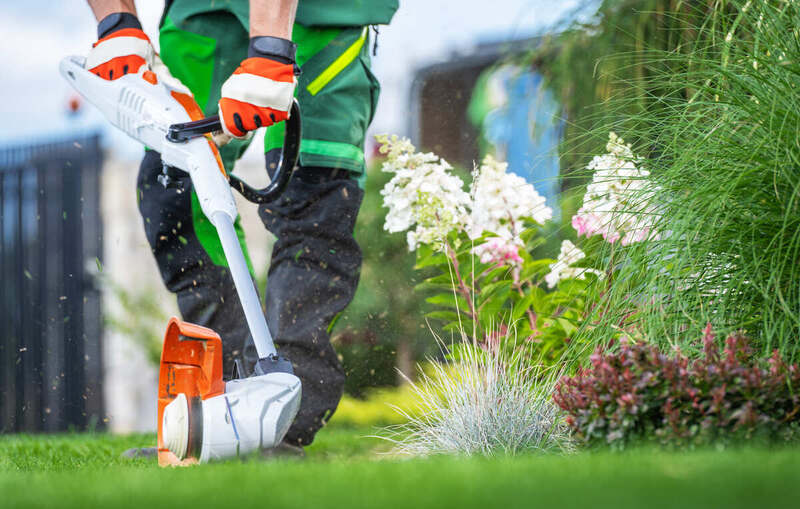
Edging is the final puzzle piece of a well-manicured lawn. An edger creates distinct boundaries in the landscape by cutting a small gap in the soil between the grass and garden beds or between grass and another surface, such as a paved walkway. Some people will use their string trimmer as an edger, but a stand-alone edger tool will achieve a crisper, more refined look.
Different types of edgers include:
- Manual: These edgers take patience, precision, and physical labor. Examples include spade-based edgers, roller-based edgers, and hand shears.
- Motorized: These edgers are powered by gas, electric cords, or batteries. Some motorized edgers are built into string trimmers while others are high-powered, walk-behind, wheeled machines.
Blower
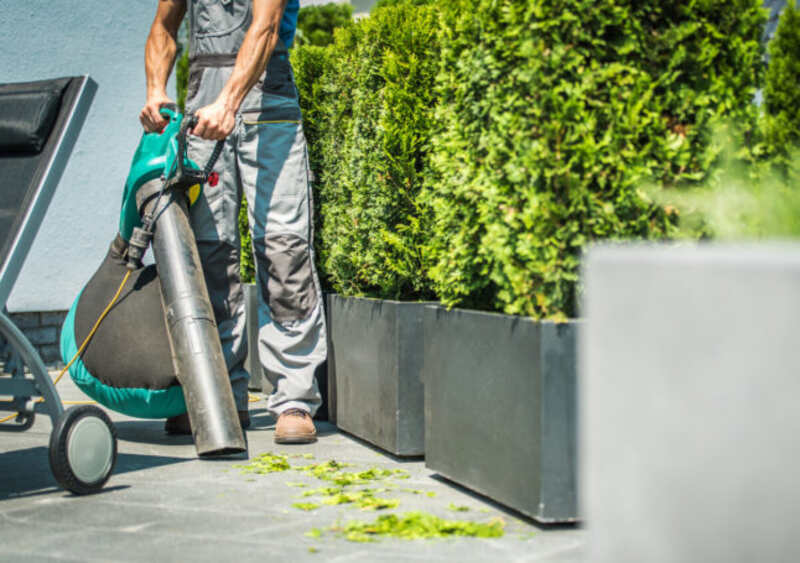
A leaf blower makes cleaning after mowing and edging your lawn a breeze–– you don’t want to leave all those grass clippings on the sidewalk or driveway. It also comes into play in the fall if you have trees near your grass. When you let leaves stay on your lawn, it hinders the turf’s ability to receive nutrients and breathe. Some options to consider for a leaf blower include the following:
Spreader
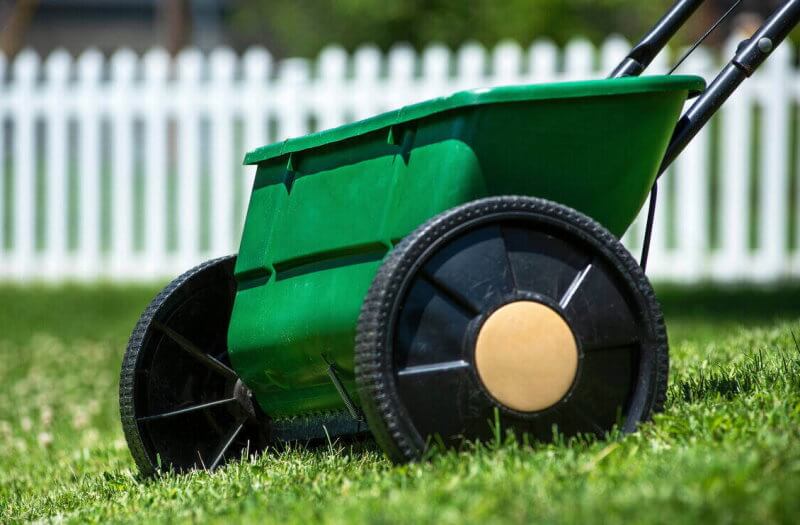
A spreader helps to achieve uniform coverage of fertilizers, herbicides, grass seeds, granular pesticides, and soil amendment treatments. Since there are so many uses for a spreader, it is an essential lawn care tool for homeowners. There are different styles and sizes of spreaders, so you’ll need to assess your lawn size and usage to determine which option best suits your needs.
- Hand-held spreader
- Walk-behind spreaders (includes broadcast and drop spreaders)
- Chest/shoulder-mounted spreader
- Tow-behind spreader
Don’t forget to rinse your spreader after each use thoroughly.
Bonus: If you live in a snowy area, you can also use your spreader for ice melt.
Gloves
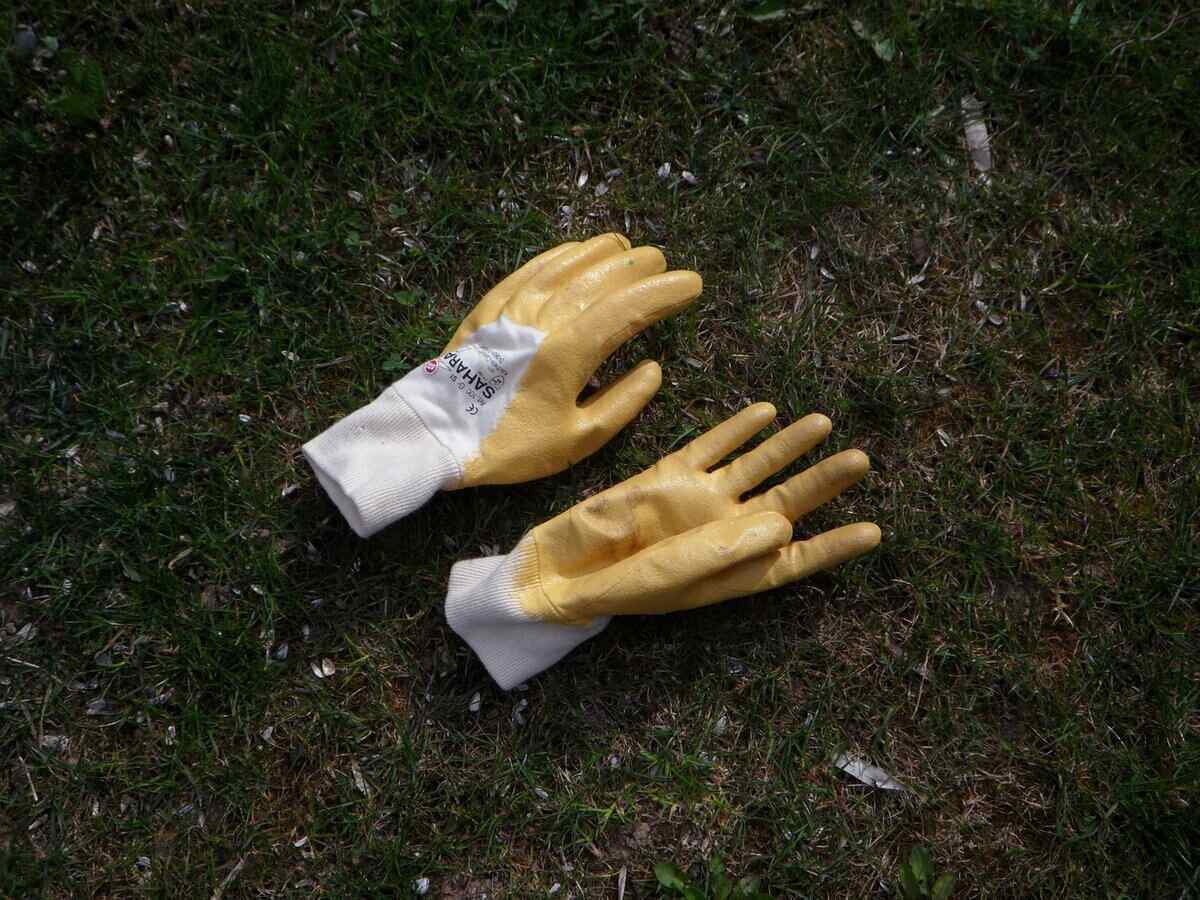
When you handle fertilizers, pesticides, herbicides, or ice melt, you don’t want an accidental spill on your hands–– wearing gloves can eliminate that chance. Gloves can also protect your hands from blisters, cuts, or scrapes while working on your lawn.
Garden gloves are readily available in different colors, patterns, and styles at home improvement stores.
A Way to Water
You can’t always count on rain to take care of the watering for you, so you need a way to give your lawn water. Cool-season and warm-season turfgrasses need 1 to 1.5 inches of water per week during the active growing season. Your options for watering your lawn include the following:
- Sprinkler system
- Garden hose with watering attachment. Use a hose reel to keep your garden hose well-kept, decreasing tripping hazards.
Tip: If you’re not sure whether you’re giving your lawn enough water, you can purchase a rain gauge or put a tin can in the yard while you’re watering.
Basic Yard Tools
Several yard tools are essential not only to lawn care, but for gardening and landscaping as well.
Hand-held Shovel
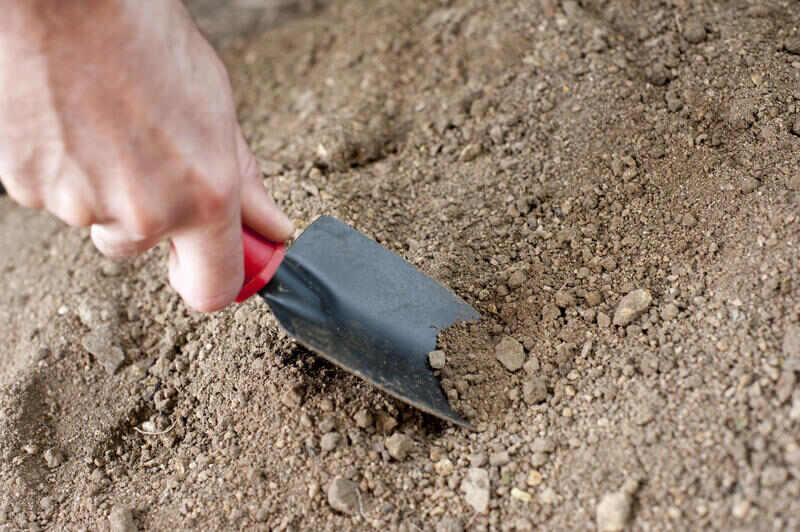
A hand-held shovel serves a few different uses, such as digging up a busted sprinkler, digging up small holes for flowers and plants, or aiding in pulling weeds by hand.
Full-Size Shovel
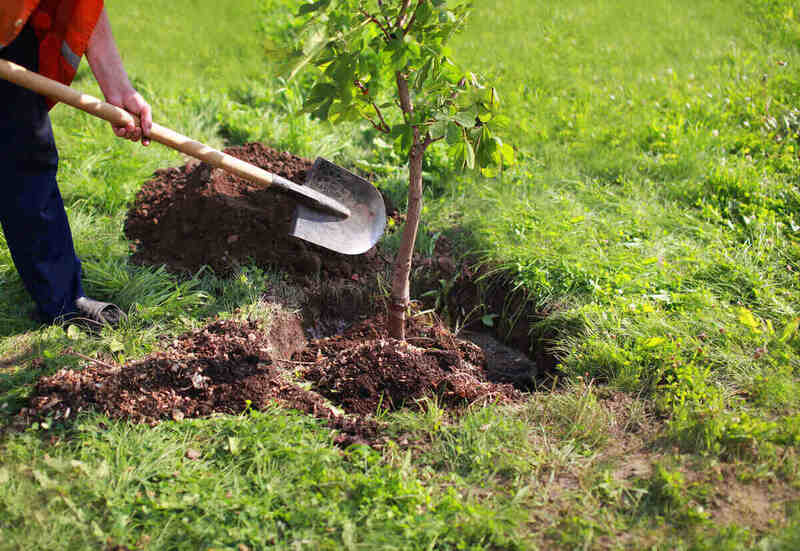
You never know when you might get the urge to plant a tree or need to move a large amount of soil or mulch. There are many options for garden shovels, and you really can’t go wrong with having at least one shovel on hand.
Rakes
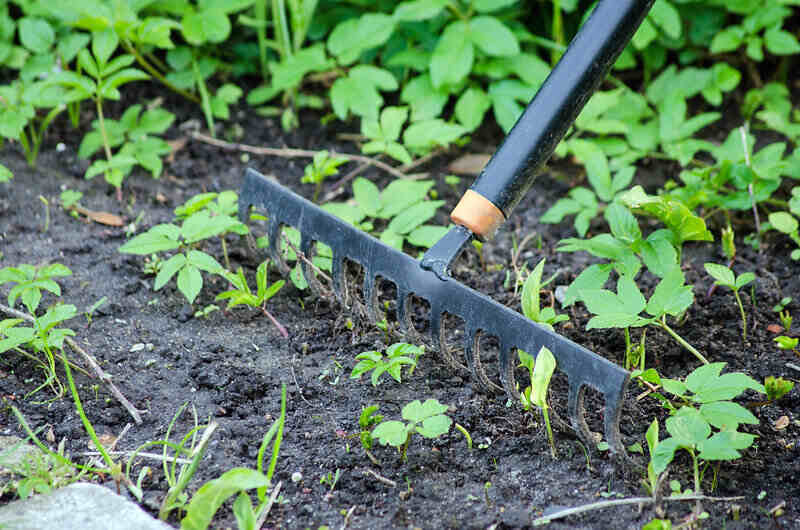
There are two styles of rakes that each serve a unique purpose. A leaf rake is a lightweight rake that fans wide to collect leaves without being heavy enough to damage the underlying grass. A garden rake has more weight, and you can use it for spreading mulch or soil, but it isn’t ideal for raking leaves. Both are essential since they serve different purposes.
Cutting Tool
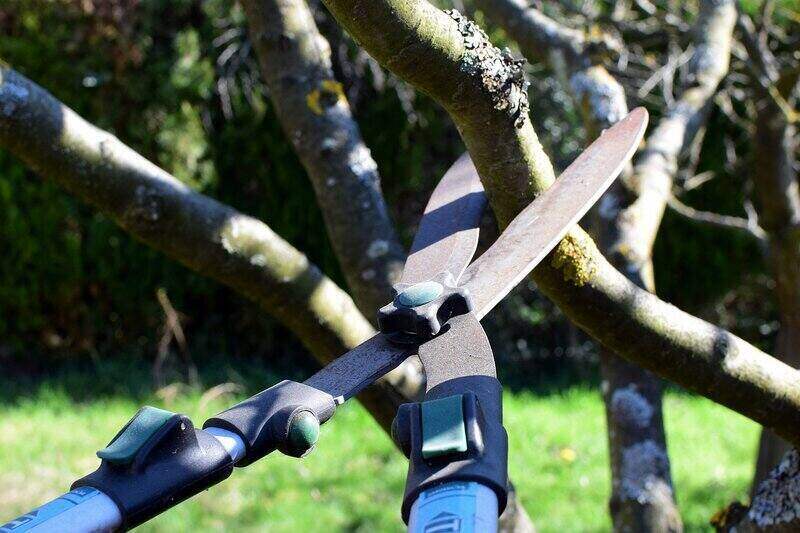
A cutting tool as an essential part of your lawn care tools, whether it be shears, pruners, snips, or loppers. Each tool serves a different purpose, and all are different sizes, so you’ll need to evaluate your lawn and landscaping needs to determine which is the best fit for you.
- Shears: For small jobs, shears can handle it. Consider an electric hedge trimmer to save your hands if you have several big hedges around your lawn.
- Pruners: The most common cutting tool to have. They’re the ideal size for regular cutting and trimming of bushes.
- Snips: Offer a more gentle cut compared to pruners.
- Loppers: A bigger version of pruners with long handles makes reaching higher places easier and adds more power to your cut.
When to Call a Professional
Some lawn tools like an aerator or dethatcher aren’t needed as often, so you can’t always justify purchasing them. But when the time comes and they’re needed, you can rent one or call a lawn care professional for the job.
Or, if you realize there are too many tools and decisions to be made and you don’t want the hassle of DIY lawn care, give your local lawn care pro a call for your mowing, edging, and trimming needs.
Main Image Credit: Pexels

![8 Best Battery-Powered Lawn Mowers of 2025 [Reviews] man putting battery in lawn mower with text overlay on it](https://www.lawnstarter.com/blog/wp-content/uploads/2021/06/Best-Battery-Powered-Lawn-Mowers.jpg)


